Hungarian Goulash
on Oct 30, 2022, Updated Jun 22, 2025
This post may contain affiliate links. Please read our disclosure policy.
Hungarian Goulash is a rich, hearty stew with tender beef, paprika, onions, and garlic — comforting, authentic, and full of bold, rustic flavor.
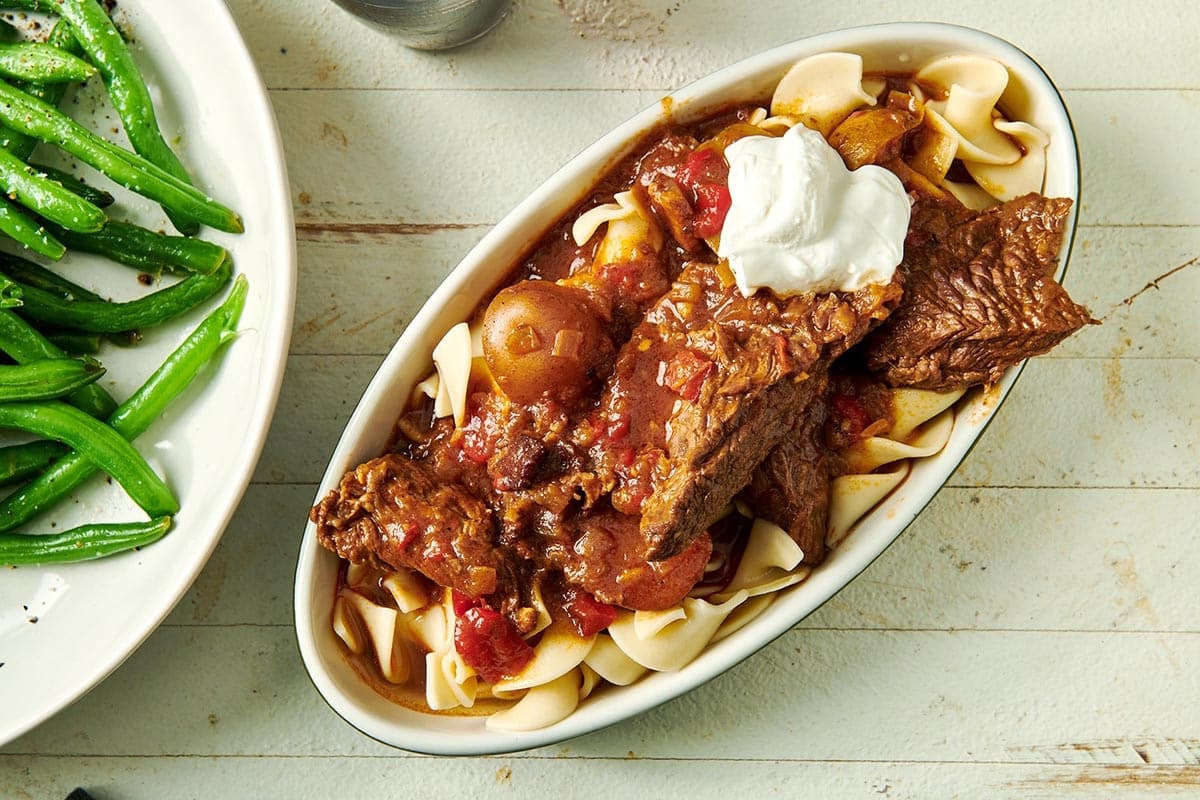
Traditional goulash is the national dish of Hungary and a very simple and soul-soothing meal. It is somewhere between a stew and a soup…a very saucy stew, if you will. It’s a perfect blend of beef and vegetables, enhanced by a hefty dose of sweet paprika.
I like to serve Hungarian goulash with egg noodles, and spaetzle is another typical pairing. Mashed potatoes are another favorite option, alongside a fresh Winter Salad.
By signing up, you agree to our Privacy Policy.
What's In This Post?
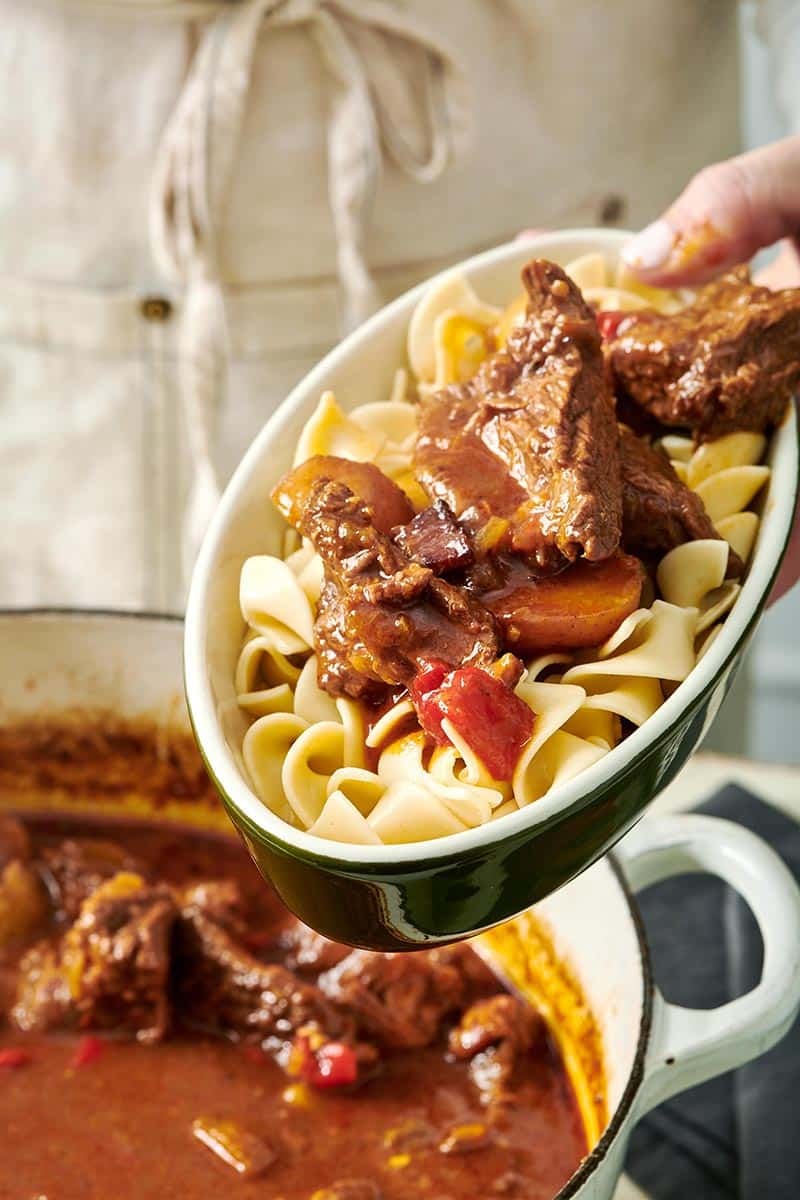
I live in an area of New York that used to be known as Little Hungary. There are still a handful of Hungarian places around, but many fewer than there were in the 20th century. But around the corner from me, there is a Hungarian restaurant and bakery (piles of strudels and pastries in the window) called The Budapest Café with veal goulash on the menu. And, two blocks south of us is the Hungarian House, which is the home of several Hungarian service not-for-profits.
My mother was a fan of all of this as a young person growing up in the area as well. She also remembers regularly going to a restaurant called Czardas (named for a Hungarian dance) in the 1960s and eating the best goulash of her life there.
Best Stew Meat for Goulash
You can use any good quality stew meat you like, but make sure the meat is cut into 1 1/2-inch pieces (not smaller) for nice, hefty chunks of tender meat in the dish. I use boneless beef chuck eye roast. You can either cut your own meat or buy freshly cut meat from a butcher, you’ll get the best results.
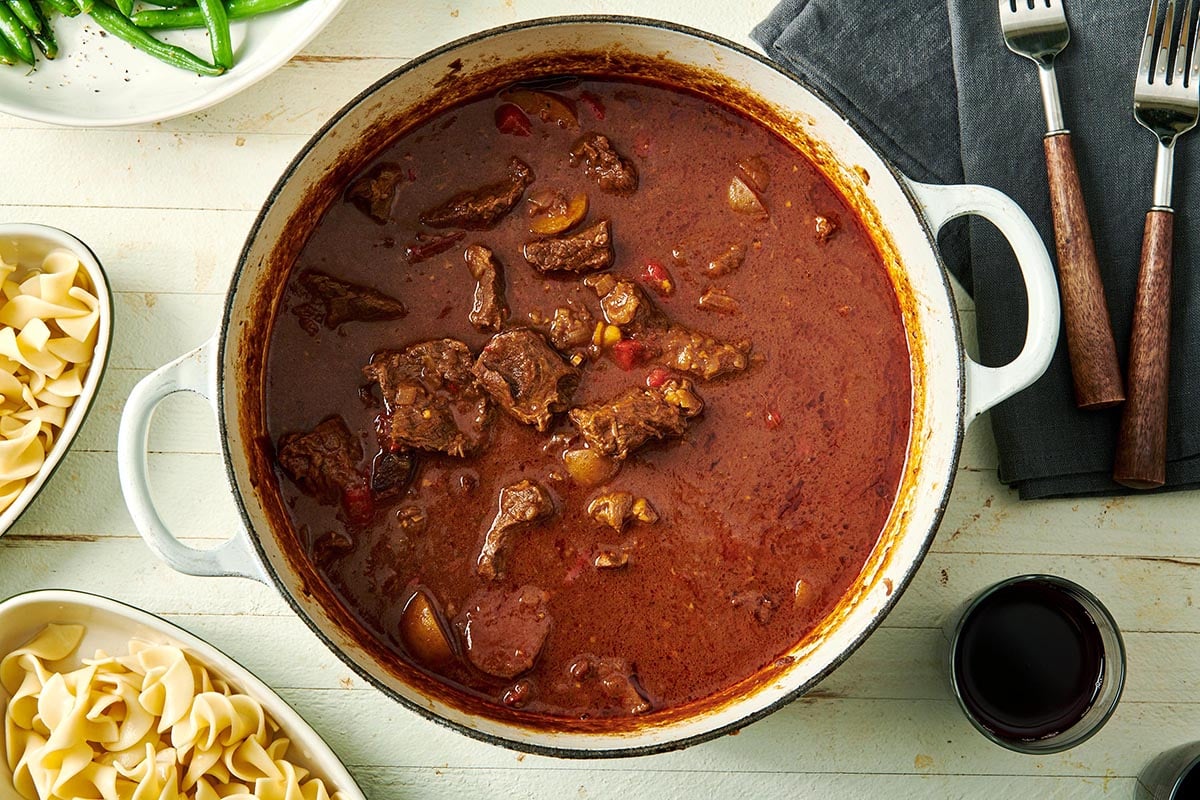
Ingredients
- Thick-cut bacon – I love starting this recipe off by frying some bacon so that I can cook everything else in the delicious fat that is rendered in the pan.
- Vegetable oil
- Onions and chopped garlic
- Sweet paprika – A great Hungarian goulash rests on great paprika, most often the sweet version. Please try and get your hands on Hungarian paprika, which is in a class by itself.
- Caraway seeds (optional) – These seeds have a slightly bitter, nutty flavor.
- All-purpose flour – To help thicken the sauce.
- Tomato paste – This bright-red paste works double duty, both adding a tomato-y flavor and also bringing in a rich, dark red color.
- Red bell pepper – Fun (and pretty surprising!) fact: Paprika is just dried, ground red bell pepper! So, it makes sense to include the fresh version as well.
- Beef stew meat
- White or red wine vinegar
- Bay leaf
- Beef broth – Preferably less sodium.
- Small potatoes – Yukon gold potatoes, or other boiling potatoes, are perfect in this recipe and will hold their shape well in the broth as they become tender.
- Hot-cooked egg noodles to serve (optional) – This is how the dish is served traditionally, and while you can opt for another starch, I think egg noodles are the way to go!
- Sour cream to serve – You can’t beat the creamy tang of a dollop of sour cream atop a hot, heartwarming dish like this one. Very traditional.
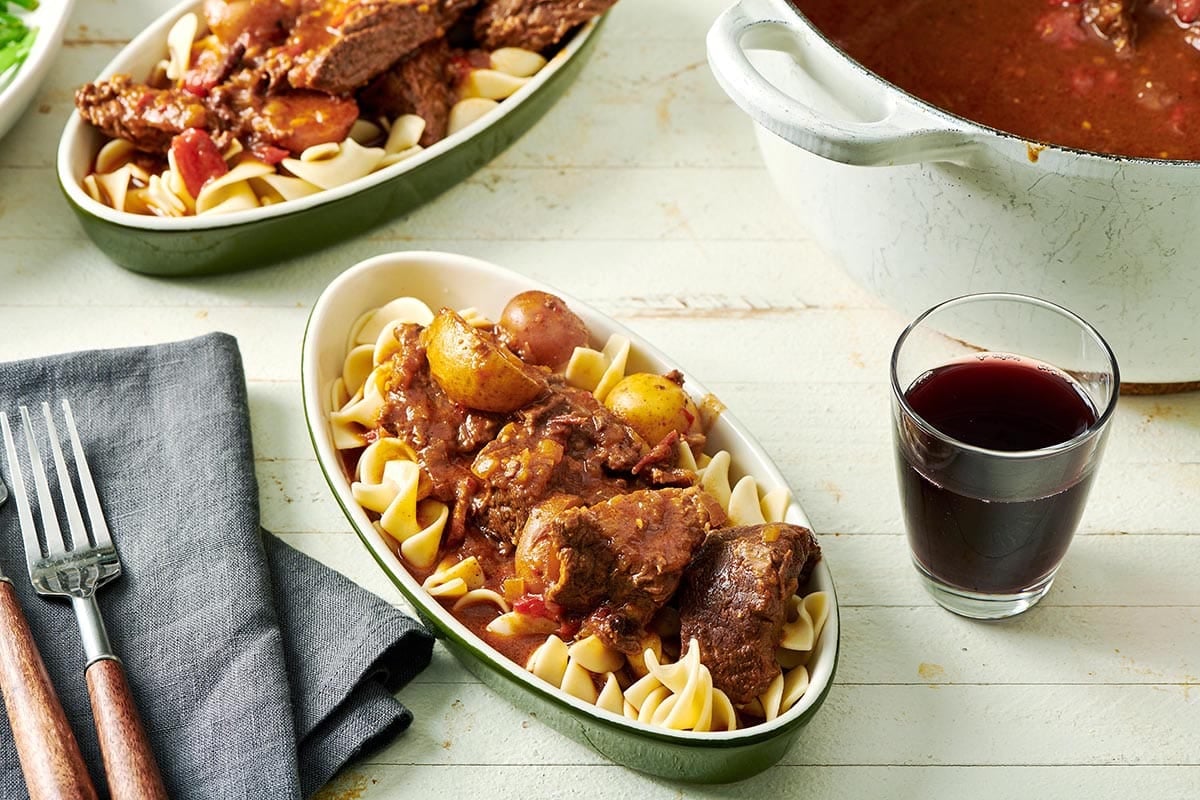
How to Make Hungarian Goulash
- Fry the bacon: Use a slotted spoon to remove the bacon to a paper towel-lined plate, leaving the bacon fat in the pan.
- Cook the aromatics: Sauté the onion until golden. Add the garlic, then add the paprika, caraway seeds (if using), and flour and cook, stirring constantly, for 2 minutes, until it looks kind of like a golden paste.
- Cook the meat and simmer: Whisk in the tomato paste, and then add the bell pepper, beef, vinegar, bay leaf, beef broth, water, and crisped bacon. Simmer, tightly covered, for 2 hours, stirring often.
- Add the potatoes and simmer again: Add the potatoes to the stew, stir well, and cover the pot again. Return to a simmer and simmer for another hour, stirring occasionally, until the beef and vegetables are very tender.
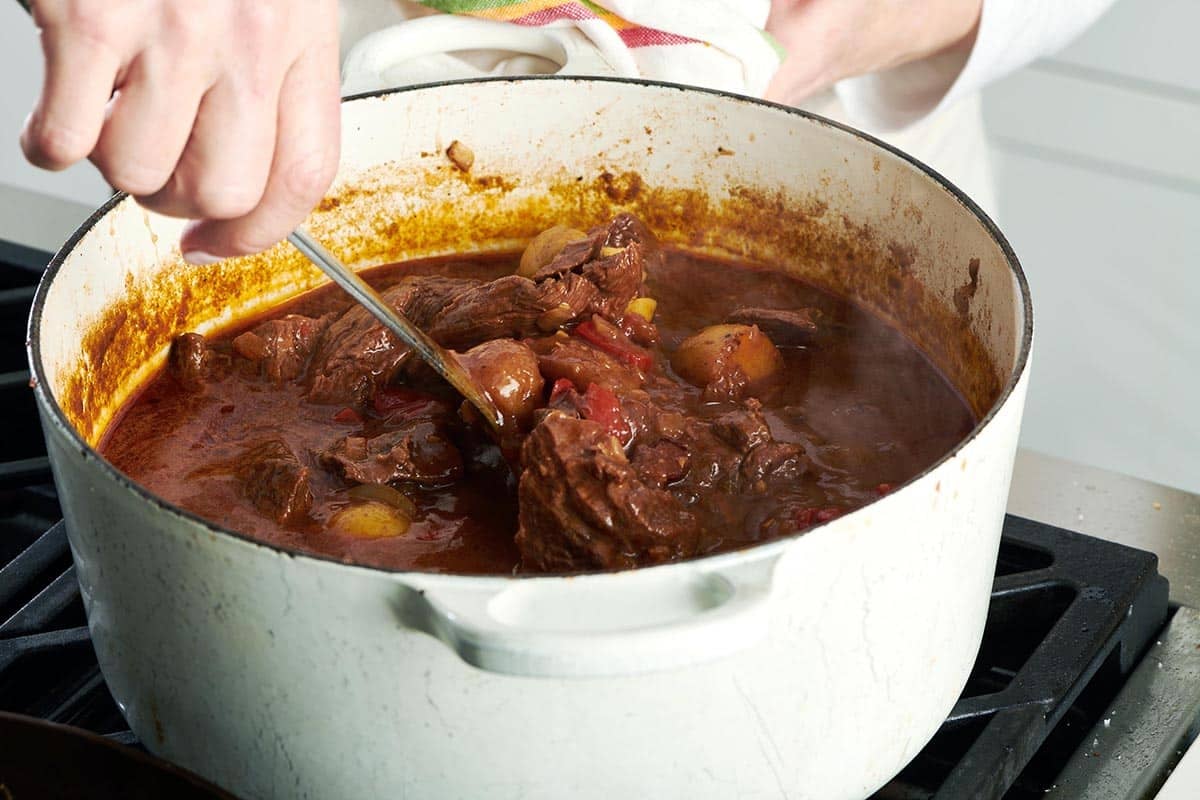
- Serve hot over the egg noodles, if desired. Pass the sour cream on the side.
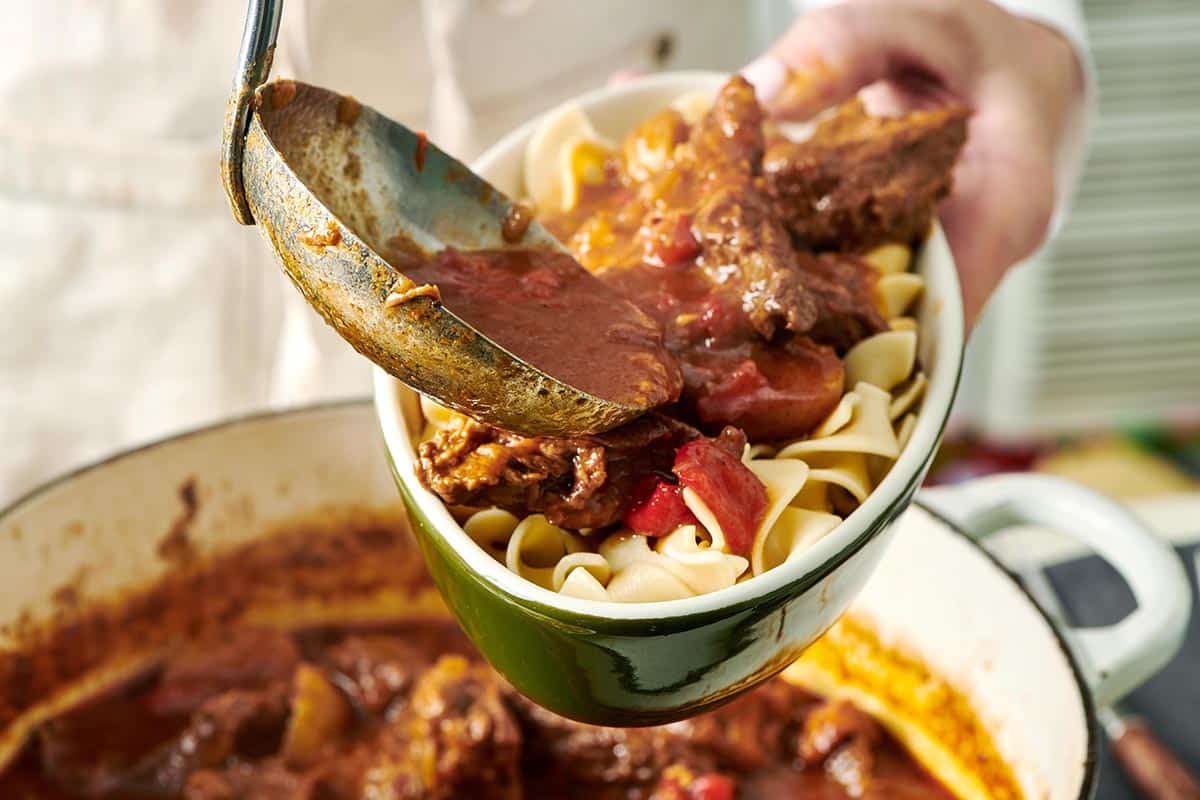
What to Serve With Hungarian Goulash
Pin this now to find it later
Pin It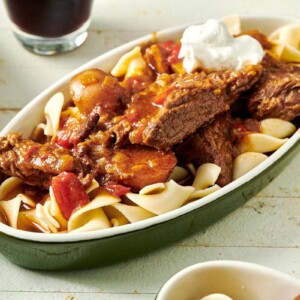
Hungarian Goulash
Ingredients
- 3 strips thick cut bacon (sliced into 1/2-inch slices)
- 2 tablespoons vegetable or other neutral oil
- 2 large onions (chopped)
- 1 tablespoon finely chopped garlic
- 4 tablespoons sweet paprika (preferably Hungarian; see Note)
- 1 teaspoon caraway seeds (optional)
- 2 tablespoons all-purpose flour
- ¼ cup tomato paste
- 1 red bell pepper (cored, seeded, and diced into 1-inch pieces)
- 3 pounds stew meat (such as boneless beef chuck eye roast; cut into 1 1/2 inch pieces)
- 3 tablespoons white or red wine vinegar (divided)
- 1 bay leaf
- 2 cups beef broth (preferably less-sodium)
- 1 cup water
- 1 pound small potatoes (halved or 2 medium waxy potatoes, peeled and cut into 1-inch cubes)
- Hot cooked egg noodles (to serve; optional)
- Sour cream (to serve)
Instructions
- Line a plate with paper towels. Place the bacon in a large, heavy pot with a tight-fitting lid, such as a Dutch oven. Cook over medium-high heat, stirring often until browned and crispy, about 5 minutes. Use a slotted spoon to move the bacon to the paper towel-lined plate, leaving the bacon fat in the pan.
- Return the pan to medium heat and add the vegetable oil. When the oil is hot, add the onions and sauté for about 5 minutes until softened and just golden. Add the garlic and sauté for another 2 minutes, until the garlic is golden. Add the paprika, caraway seeds (if using), and flour and cook, stirring constantly, for 2 minutes, until it looks kind of like a golden paste; don’t let it brown. Whisk in the tomato paste, and then add the bell pepper, beef, 2 tablespoons vinegar, bay leaf, beef broth, water, and crisped bacon pieces. Season with salt and pepper. Bring to a boil over high heat, then immediately lower the heat to medium and keep the goulash at a simmer, tightly covered, for 2 hours, stirring every 10 to 15 minutes.
- Add the potatoes to the stew, stir well, and cover the pot again. Return to a simmer and simmer for another hour, stirring occasionally, until the beef and all of the vegetables are very tender. Stir in the remaining tablespoon of vinegar. Taste and adjust seasonings, and serve hot over the egg noodles, if desired. Pass the sour cream on the side.
Notes
- You want to use the freshest paprika you can for this recipe since it’s a star ingredient. Please try to get your hands on Hungarian paprika, which is the best of its kind. Some words to look for on the packages are Edes nemes (noble sweet), dolce sladka, uss, dolce, doux, or from Szeged. Do not use hot or smoked paprika in this recipe, which would be overwhelming. And don’t be afraid of including too much paprika!
- Don’t let the paprika burn or get too dark in the pan. This will cause it to become bitter. You just want the roux or paste to become golden in color.
- Use a Dutch oven or heavy pot with a tight-fitting lid. There is a minimal amount of braising liquid in this dish, so you want a heavy pot with a tight seal so that the meat braises and turns very tender.
- Use waxy potatoes if possible. Baking potatoes will start to fall apart in the stew as they get tender, while waxy potatoes will keep their shape as they cook through.
Storage and Leftovers
Goulash can be stored in the refrigerator for up to 4 days, well-covered. You may want to add some water as you reheat it over low heat to thin out the sauce a bit and prevent burning or sticking. You can freeze goulash for up to 6 months in a tightly covered freezer-proof container. When filling the container, ensure 1/2 inch of headroom is left, as the stew will expand as it freezes. Allow the goulash to defrost in the fridge for at least 24 hours, then gently reheat in a pot over low heat until hot throughout.
Nutrition
FAQs
Typically, Hungarian goulash contains cubed stew meat, usually beef, while American goulash is based on ground beef. Hungarian goulash features potatoes, and American goulash is made with pasta, usually cooked right in the sauce.
Hungarian goulash doesn’t have sour cream or other creamy ingredients included in the stew itself, though you are welcome (encouraged!) to dollop some sour cream on top. It also doesn’t usually contain mushrooms, green peppers, or cheese, which are more common in American Goulash.
Hungarian goulash is saucier than most stews, somewhere between a soup and a stew. And one of the big defining characteristics of Hungarian goulash is lots of paprika. Caraway seeds are a common ingredient as well and are optional in this recipe. Both usually contain cubed stew meat and vegetables. Potatoes are a staple in most Hungarian goulash recipes and are also a common ingredient in various beef stews.
The name comes from the Hungarian word gulyás, which translates as such: the word gulya means ‘herd of cattle’ in Hungarian, and the plural gulyás means ‘herdsman’ or ‘cowboy.’ As time passed, this dish became known as gulyáshús (‘goulash meat’) — or rather, a dish that was generally made by herdsmen. In Medieval times, food (and meat especially) was scarce, and Hungarian herdsmen used every part of the animal they could.
Contemporarily, gulyás can refer both to the delicious soup and the daring herdsmen. Well, that’s the dive into this mini goulash history lesson!

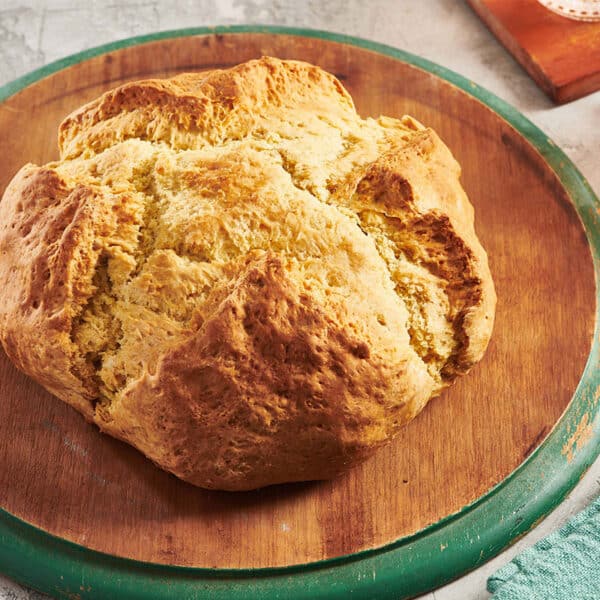
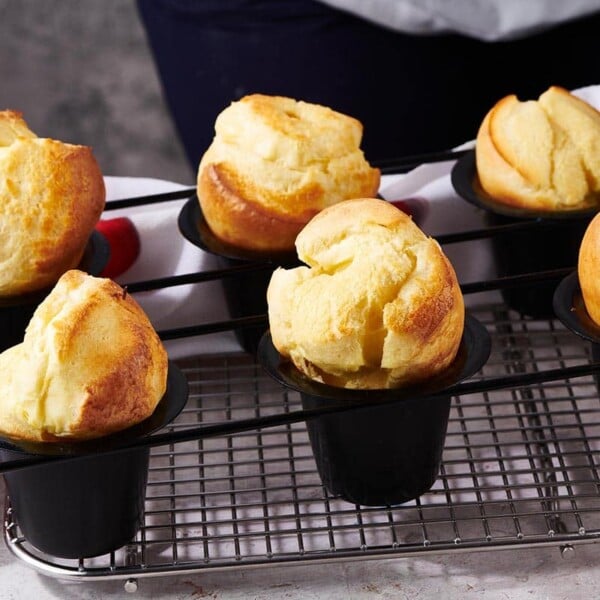
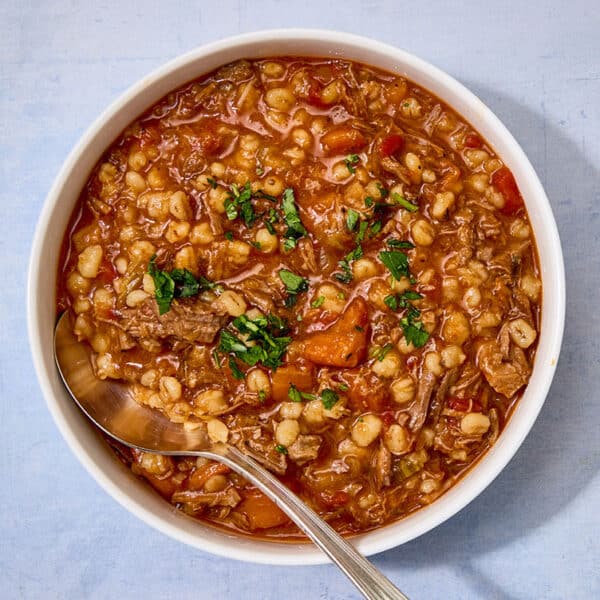
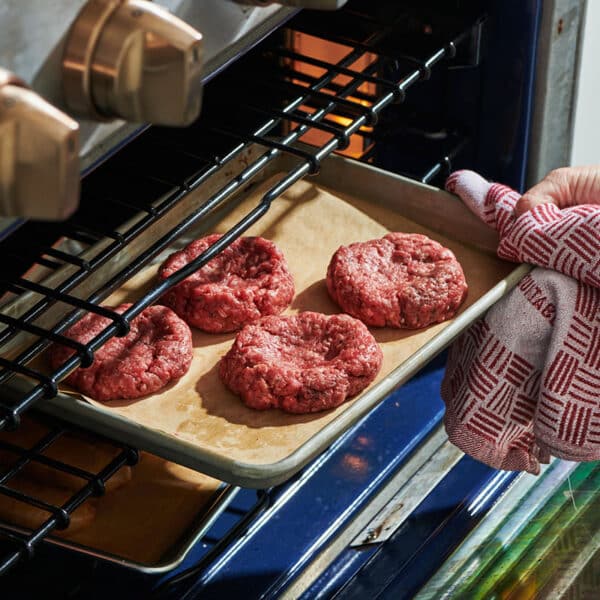
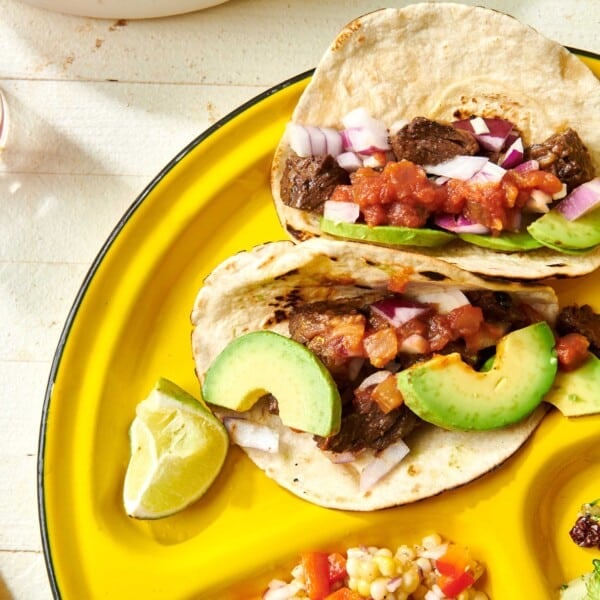










My German mother always used half beef and half pork in her Goulash. Never any bacon but this sounds delish! She never added potatoes. Always cooked those separately and served the Goulash over top. But I personally do add to mine and chopped baby carrots as well.
This recipe looks great, but where does it indicate to cook the floured beef. Having cooked recipes like this before, I think I can improvise.
In this recipe the flour is browned with some of the aromatics, and then the beef is added to the pot. Note that when you add the paprika, caraway seeds (if using), and flour you then cook the mixture, stirring constantly, for 2 minutes, until it looks kind of like a golden paste.
Then you whisk in the tomato paste, and then add the bell pepper, beef, 2 tablespoons vinegar, bay leaf, beef broth, water and crisped bacon pieces.
Hi Katie,
I learned a bit of Hungarian cooking in my youth from my grandmother who came to Canada with my father in the late 1920s. She made many mouth-watering meals but I don’t recall her making gulyas. I’ve tasted it in Budapest and really enjoyed it so I’m definitely going to make your recipe as written. I am wondering if you ever made it or would suggest making it with well trimmed pork butt. Thx, Lee
I have not heard of that but it sounds like such a nice idea! If you make it ple3ase let me know how it turns out!